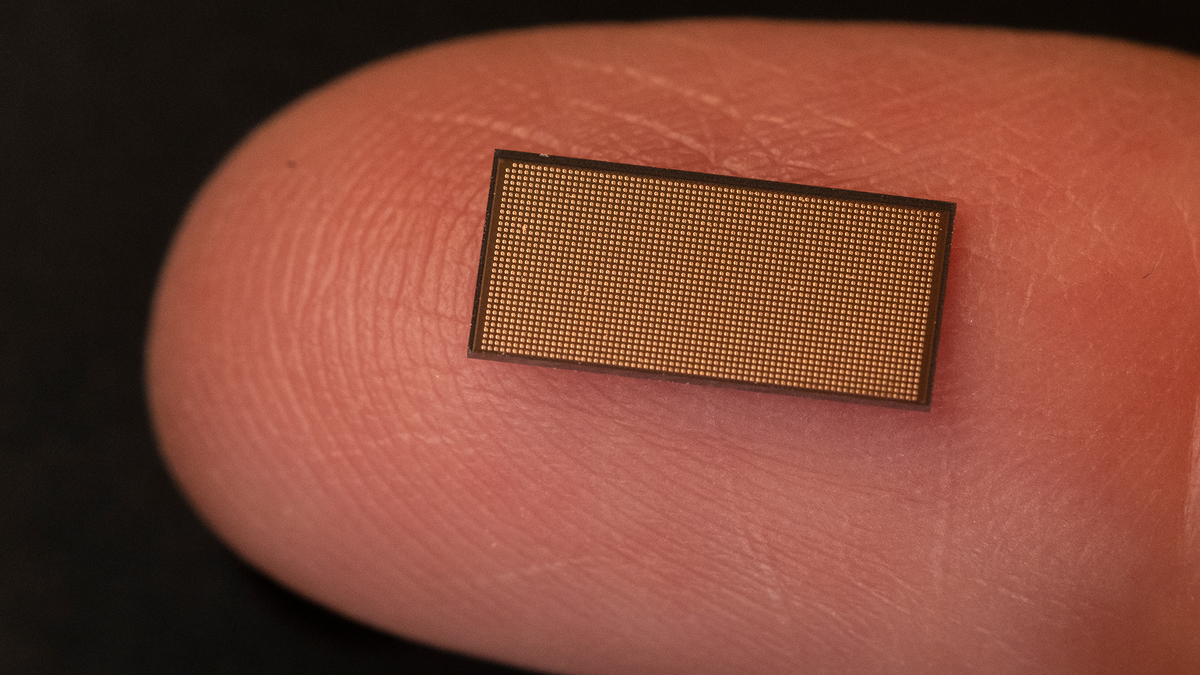- Apr 27, 2000
- 23,133
- 13,230
- 136
AnandTech Forums: Technology, Hardware, Software, and Deals
Seeking answers? Join the AnandTech community: where nearly half-a-million members share solutions and discuss the latest tech.
Okay, nobody around here anyway.
Pretty solid journalism from Dr. Cutress, though I am disappointed that he failed to mention that Intel 4 is actually Intel's old 7nm process renamed, and also failed to mention why anyone should be surprised that Loihi 2 would be fabbed on a pre-production of Intel 4. Hint: IT'S DELAYED. Intel 4 apparently isn't even suitable for Ponte Vecchio since the relevant chiplets have been migrated to TSMC N5(or N3; I'm having problems keeping track). Context is important folks. But back to Loihi 2.
I'm really confused as to what it is that Intel hopes to accomplish with Loihi 2 (or what they hoped to accomplish with Loihi in the first place). Intel owns Habana labs. Habana Labs is currently selling training solutions based on their Gaudi products:
It seems like Loihi and Loihi 2 exist in parallel with Gaudi, and that Intel is . . . competing with itself?
On top of all that, Intel's efforts with Ponte Vecchio point to the very distinct possibility that, should Ponte Vecchio finally bear fruit (on TSMC nodes no less, lulz), that Raja's team will render both Gaudi AND Loihi 2 obsolete by producing a dGPU-based training product that can outperform all of Intel's other AI training hardware.
If Intel really needed a different pipecleaner for Intel 4/Intel 7nm, wouldn't it make as much sense to just, you know, push Loihi to the side for awhile (read: forever) and let Altera make some FPGA prototypes on it instead?






